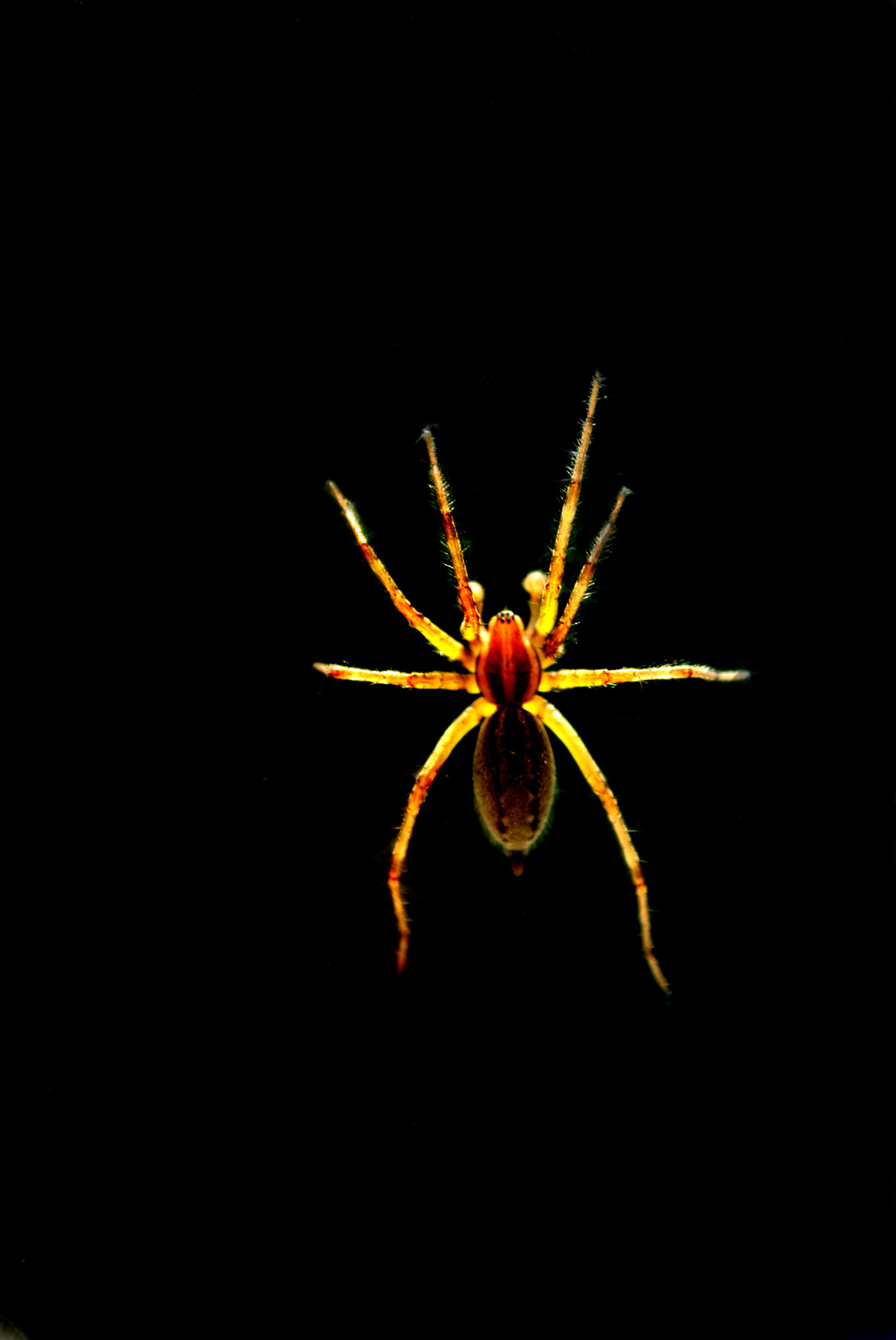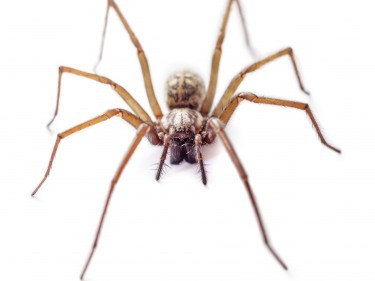It is just us or have there been more spiders than usual this summer? According to reports, things are about to get worse …
Everywhere I look in our garden at the moment, there’s an eight-legged monster staring back at me. OK – so ’monster’ is a little far-fetched. While spiders aren’t the most popular of creatures, they’re almost always harmless, of course, and do an important job.
But if recent reports are anything to go by, arachnophobes could be in for a stressful few weeks – because according to spider experts (aka arachnologists), there’s an army of a new breed of ’giant’ spiders about to invade our homes to lay their eggs. Eek!
Cue millions of us lining up the old glass and cardboard combo – or quite frankly, doing away with it altogether, as we run screaming from each sighting.
But why are these spiders moving in?
Well, according to arachnologist Chris Ayre, one of the biggest spiders in Europe, Eratigena atrica, is looking for a dry, warm place to mate and our homes will provide the perfect love-nest, so to speak. As the weather turns cooler and wetter this month, ’giant house spiders’, which are relatives of the domestic house spider and can grow up to 12cm long, will descend.
“Spiders don’t specifically want to enter your home; in fact, they’d rather stay away as there’s less food and it’s too dry and clean,” says Simon Garrett, head of learning at Bristol Zoological Society, which runs Living With Spiders phobia courses. “Most species of spider stay outside all the time and never come in houses.
“However, in autumn, mature male house spiders start to move around in search of mates. “Although most remain outside, some will move into a house if there is an entry point for them. It is this need to mate that changes their behaviour, so it seems as though they suddenly come from nowhere at certain times.“
GIANT HOUSE SPIDERS: WHAT YOU NEED TO KNOW
While the females rarely leave their nests, and only then to feed, the males are often spotted from now until October, wandering around looking for a mate. The females can lay hundreds of eggs and in each egg sac, there can be up to 60 ’spiderlings’.
Like many spiders, these brown bugs seek out corners to build their webs, so you’ll spot them between boxes in cellars, behind cupboards, in attics, near window openings and in other spots where they’re relatively undisturbed.
Unfortunately, there’s not a lot you can do to stop them coming into your house. Garrett says: “If they come across any small opening, they can easily get in. Some people say you can stop spiders using conkers, but after a short time they dry up and nothing will really repel them fully. The best you can do is make sure there aren’t any leaky pipes or openings.”
But the good news is, these giants prefer to run away than attack humans and its bites aren’t harmful, although they can apparently sting a little if they manage to pierce the skin. “Very few species of spider will bite people and of those that try, only a small number can even break our skin,” says Garrett. “There are no inherently deadly species of spider found in the UK as their venom is designed for killing much smaller, simpler creatures for food, such as insects.”
HOW SHOULD I REMOVE SPIDERS FROM MY HOUSE?
Bristol Zoo’s assistant curator of invertebrates, Mark Bushell, says: “The best thing to do with spiders in your house if just ignore them. Spiders are harmless and are actually doing you a service by eating flies that are also in your home.”
But for those with a serious phobia, Bushell recommends the classic “glass and a stiff piece of card” technique as the best way to pop them outside.

